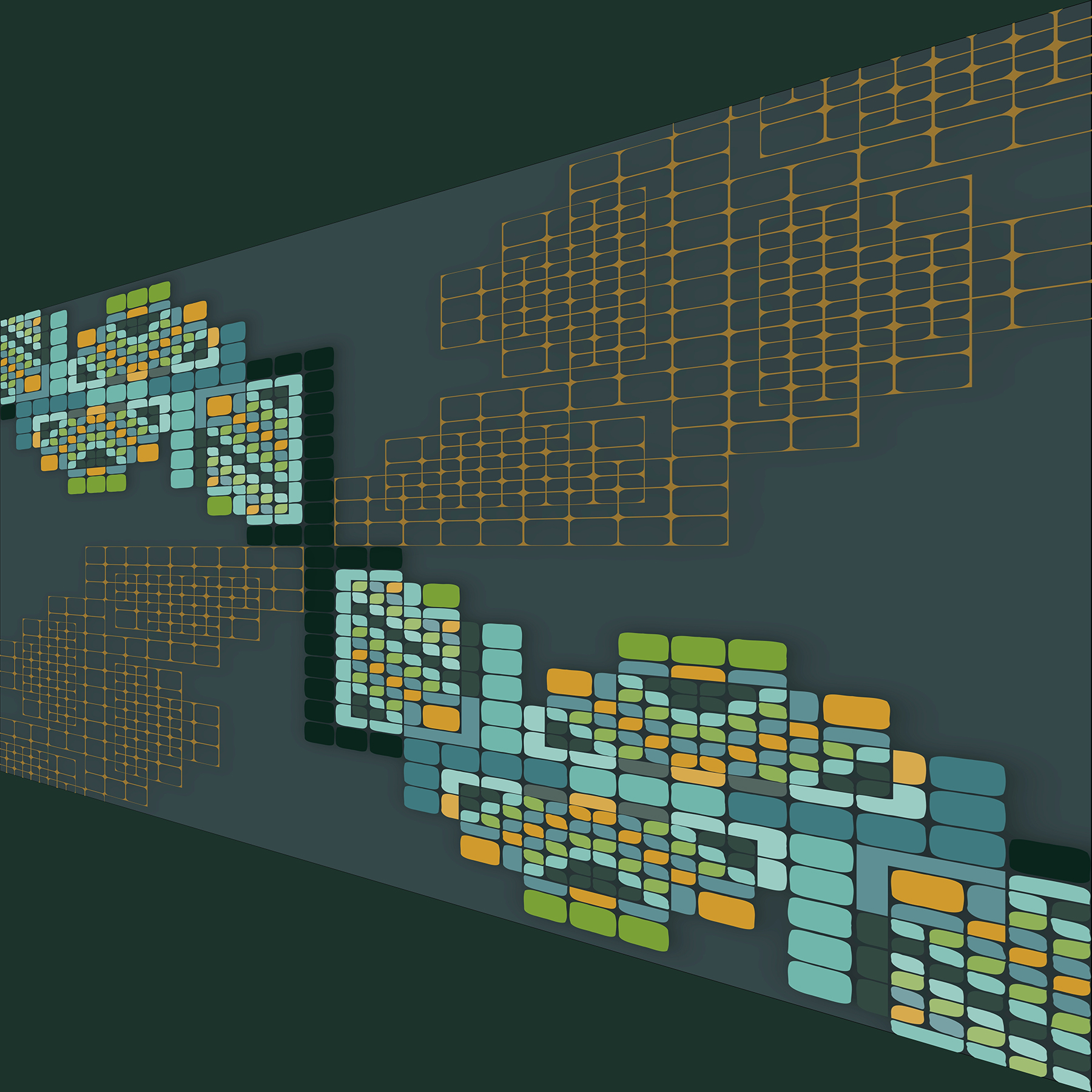As we enter the second decade of the 21st century, it is time to assess what the future might hold. As board and system companies seek growth and new design-ins, everyone is looking for the most promising programs and projects to clarify their focus on new products and investment. Some opportunities for VME or VPX will emerge. Additionally, at the macro level, there are three major projects that can qualify as the top opportunities for the new decade. These include the new Air Traffic Control System (ATCS), the Smart Power Grid (SPG), and the market for next-generation Advanced Medical Equipment (AME).
Changes with ATCS
We have been flying aircraft around the world using the old Instrument Flight Rules (IFR) system for many decades. Commercial aircraft fly from IFR point to IFR point, zigzagging their way across the world. Under this old system, pilots are responsible for the distance between their aircraft and the ground. Air traffic controllers are responsible for the distance among the aircraft in the air. As aircraft approach an “intersection” where these paths come together, the controllers must rectify any “conflicts” of planes at the same altitude. The new ATCS would have computers on the ground and in the cockpits that automatically discover these conflicts and resolve them without any human intervention. Also, aircraft could fly directly from the departure field to the destination field, using GPS, without zigzagging across the continent. These direct routes would save a lot of fuel and time for the airlines and make the entire system more efficient.
This new ATCS will require hundreds of thousands of new computers. One order for 250 systems has been issued to traditional board makers for testing. Plus, the Federal Aviation Administration (FAA) has issued a 10-year contract to a company to test and evaluate the new protocols and procedures. General Electric announced a joint venture with AVIC (China) to build new avionics for commercial aircraft and lock horns with ITT, Rockwell, and Honeywell. In July, GE and AVIC announced they had won the contract to supply the avionics for China’s new commercial airplane. While this is a great opportunity, I think it is going to be similar to watching molasses pour out of a bottle on a cold February morning in Fargo, North Dakota. We could see some VPX in the flight-qualified systems inside the aircraft, but the ground systems will probably be poor-quality commodity consumer electronics.
SPG
The power companies and state utility commissions have been playing more pricing games with their customers than the airlines. The EPA, which is collaborating with environmentalists, has made it impossible to construct new power plants anywhere. So, the prevailing wisdom is to hook all the generating stations, substations, and power users together on a “smart grid” to become more efficient. In July, the U.S. federal government issued a five-year contract to Virginia Tech to create the Smart Grid Information Clearinghouse (SGIC). Also in July, a nefarious malware virus called “Stuxnet” was discovered in some SCADA systems prolifically used in the power generation and transmission arena. That indicates just how vulnerable an SPG is to malfeasance.
A few vendors have some microcontroller boards designed in to this new SPG. But again, while this looks like a great opportunity for the industry, when you mix the power monopolies and the U.S. federal government, you are just asking for trouble. The progress of the SPG project will make the glacial advancements in the new ATCS implementation seem lightening fast. And, while most of the microcontrollers and monitors used in the SPG will be commodity consumer-based, there are real-time applications here that could use VME. Additionally, any systems exposed to severe environmental conditions could use VME and VPX.
Future of AME
As the world population ages, tremendous demands are being placed on healthcare systems everywhere. Hospitals and clinics are seeking every possible way to automate diagnostic and treatment procedures. Just look at the medical industry as an untapped industrial automation market. Patients can place their arm into an AME machine and get their vital signs taken without nurse or doctor involvement. Also, that machine can be in a doctor’s office, a hospital room, or at home. The data will be transmitted to a server holding the patient’s medical records. Telemetry is the next great frontier in medicine and will spawn the demand for millions of machines.
In August, GE announced a joint venture with Intel to make and sell next-generation medical equipment for this new market opportunity. Of the embedded market options described here, this one promises to develop more quickly than ATCS or SPG. The only thing that could dampen AME’s potential is government intervention, which has already occurred with the 2010 health-care bill passage. Since medical equipment doesn’t constitute a real-time, harsh-environment critical system, it is difficult to see where VME and VPX might be used here. Rather, medical equipment is a morass of commodity consumer electronics.
Notice that the top embedded market opportunities for 2011 are all affected, influenced, controlled, or funded by the U.S. federal government. That fact introduces a lot of risk and uncertainty for us. So, caveat emptor …







